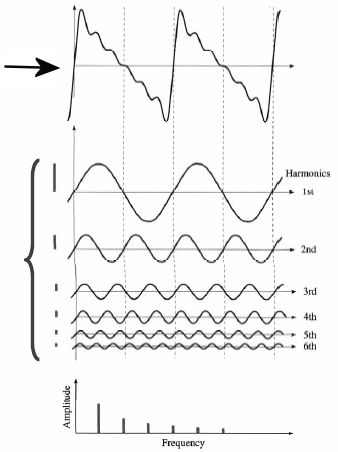Musical Instruments Physics Of Sound
Musical Instruments Physics Of Sound, Indeed recently has been hunted by consumers around us, perhaps one of you personally. People now are accustomed to using the internet in gadgets to view video and image information for inspiration, and according to the name of this article I will discuss about
If the posting of this site is beneficial to our suport by spreading article posts of this site to social media marketing accounts which you have such as for example Facebook, Instagram and others or can also bookmark this blog page.
Sound waves consist of areas of high and low pressure called compressions and rarefactions respectively.

Music instrument classes in salem. How a guitar works a typical guitar has six strings. Attention is given to both the purely conceptual aspect of sound waves and to the mathematical treatment of the same topic. Its not a stretch either.
A complete cycle is defined as one compression and rarefaction cycle. The vibrating body causes the medium water air etc around it to vibrate. Sound is produced when something vibrates.
The physics behind musical instruments is beautifully simple. To fully appreciate what occurs in a musical instrument when it makes music or to understand the rationale for the development of the musical scales one needs a broad foundation in most elements of wave and sound theory. Understanding the crafts of music.
Both music and musical instruments are intimately connected to the physics of waves and sound. Physics of sound traveling waves. This physics tutorial discusses the nature of sound its characteristic behaviors and its association with the operation of musical instruments.
In the physics of sound frequency is defined as the number of cycles or complete waveforms that occur within the period of 1 second. The theme of music and musical instruments. The physics of musical instruments underlies the sounds and signals they make.
The nature of musical sounds is described at a simple level in a chaper i wrote wolfe j. Vibrations in air are called traveling longitudinal waves which we can hear.








